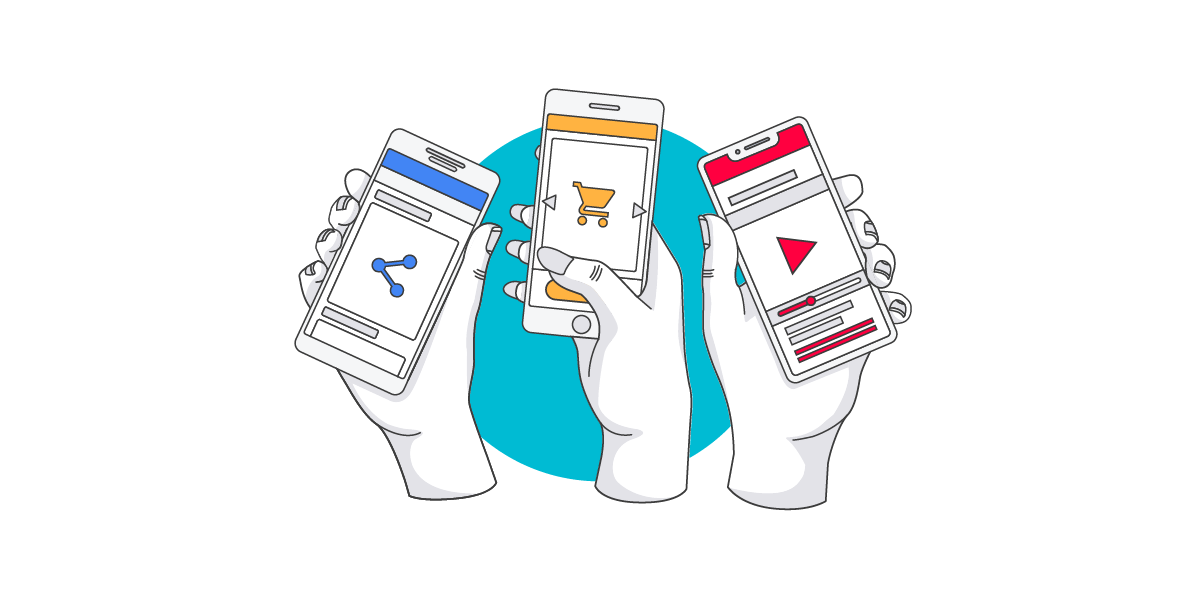Shana Pilewski, Director of Marketing at Dynamic Yield, details three strategies for personalization at scale across multiple customer touchpoints.
At a time when two in three consumers expect brands to recognize them as an individual, personalization and optimization have become increasingly strategic for brands. But tailoring the customer experience involves more than just adapting a brand’s website; for personalization to truly be effective, it must be omnichannel.
Customer acquisition and retention increasingly depend on a brand’s ability to deliver personalized experiences both online and offline. In the retail industry, omnichannel customers spend 4% more in-store and 10% more online compared to single-channel shoppers, according to a study featured in the Harvard Business Review.
In today’s hybrid digital/brick-and-mortar landscape, touchpoints can exist across multiple channels and channels can provide multiple touchpoints. Effectively engaging customers in this climate requires brands to perfect each interaction. Here’s a look at three strategies for doing so at scale.
1. Establish a cohesive data set
Omnichannel optimization is only possible with a 360-degree view of the customer. This requires brands to measure factors like real-time on-site behavior, online and offline conversion history, geography, product affinities, cross-drive activity, and any other information relevant to understanding who the customer is, what they want, and what messages will resonate with them.
To establish a cohesive set of data that will enable a consistent customer experience across channels, brands must invest in holistic technology that integrates and consolidates data from all available sources. For example, utilizing a unified platform rather than multiple systems of engagement will prevent data fragmentation. This allows customer information to flow freely across channels, cutting down on an organization’s initial marketing spend while making for a far more sustainable, scalable solution.
2. Shift to APIs
What happens when new channels are added to the customer journey? Not only do brands need to provide consistent and cohesive experiences across all of them, but Product and Engineering teams must work in tandem with marketers to engage audiences in new, meaningful ways.
In-browser JavaScript libraries have frequently been the method of choice for testing and personalizing content, as they have proven easy to integrate and highly useful for experimenting with different web strategies. But in an omnichannel world, brands need something more – and APIs offer companies the flexibility and control they need to embed personalization and user-level data across all channels – in-store kiosks, point-of-sale systems, drive-thru menu boards, call centers, you name it.
By using APIs – essentially, programming code that facilitates the transfer of data from one application to another – brands can gain full visibility into all relevant aspects of a customer’s journey, including their behavior and the messaging they’ve been exposed to in each channel. And through a more secure, centralized code layer, marketers can experiment without exposing any sensitive data on the browser.
3. Identify areas of opportunity and experimentation
Given the pace of digital innovation, omnichannel personalization isn’t a one-and-done affair. Emerging platforms will offer new opportunities for customer engagement alongside traditional digital channels – but how is a brand to know which new channels are worth prioritizing?
This is where having a robust personalization framework proves invaluable. To drive long-term, scalable growth, organizations should follow a few key steps that will help inform and improve their decision-making about which channels to invest in, and when.
As with so much else in personalization, it all starts with data. Companies should carefully analyze their customer data to pinpoint customer pain points, monitor performance, and find areas in need of greater efficiency. Armed with these insights, brands can then begin brainstorming different ideas for testing. Thinking about the “why” of any given test is even more important than what is being tested. It’s all well and good to test a new website layout, for instance, but the test should be pegged to specific, observed customer needs. There’s a great deal that can be tested – but to truly influence the customer experience, it’s crucial to carefully consider what should be tested.
The next step is to develop strong KPIs for measuring the results of a test, evaluating and optimizing according to the test’s performance and its success in generating the desired result. The information gleaned from these tests can help marketers better prioritize which channels to include in their test roadmaps.
The bottom line is that there’s no longer a single customer journey or path to purchase. And with the latest advancements in technology, a bevy of opportunities for engaging with and influencing customers across the multiple channels they frequent are available. Now, brands must get strategic with their personalization efforts in order to bring everything together into one truly cohesive customer experience.




